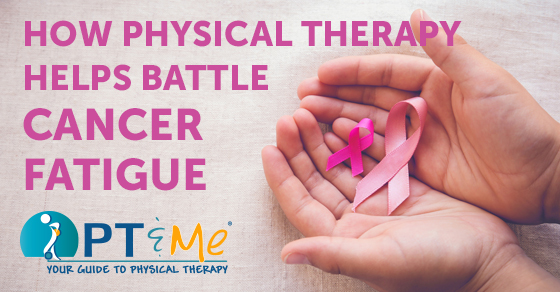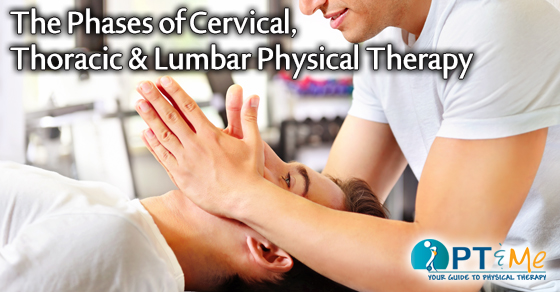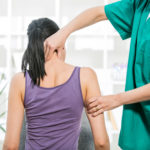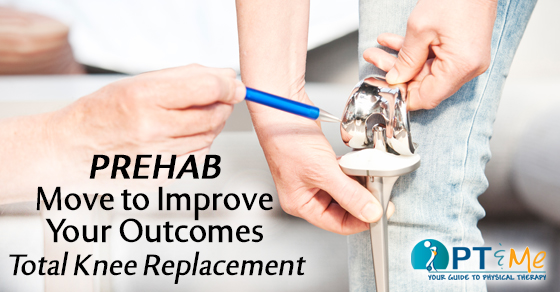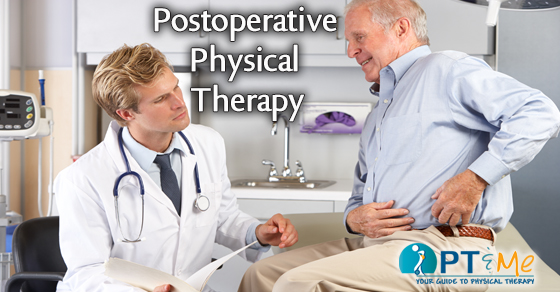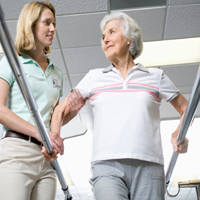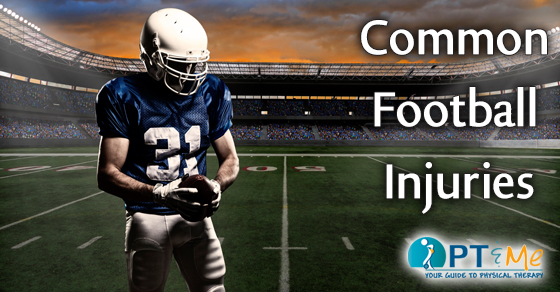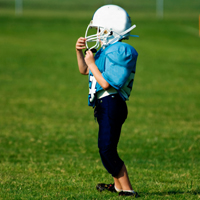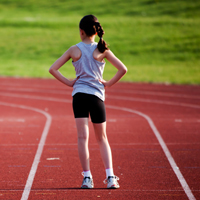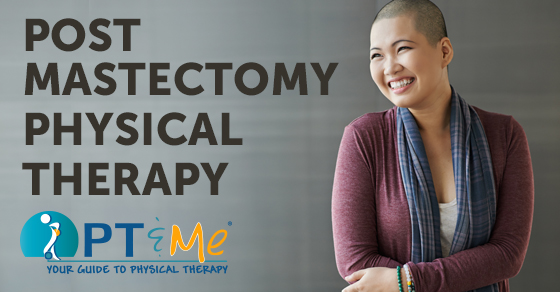
Post Mastectomy Physical Therapy
The word cancer is a scary one. Even though we all hope that it never becomes part of our lifetime of trials, more often than not, we know someone that has had, or is currently dealing with cancer. It is a testament to the medical community that so many women are able to wear the pink ribbon as a sign of triumph and pride, but we still mourn with those that wear it as a sign of remembrance and loss. More than once, while talking with women that have begun treatment for breast cancer, the topic of whether or not to have a mastectomy has come up. It’s not a decision taken lightly, often one with multiple concerns about what happens after surgery. Will the cancer be gone for good? Will it hurt? How long will it take to recover? A physical therapy post-mastectomy program can help address these issues.
Physical Therapy can’t answer all of those questions, but one thing a physical therapy post-mastectomy program can do is aid in the overall recovery process by focusing on regaining strength and increasing the range of motion in your shoulder and arm. Early intervention by a physical therapist can help women regain full function following mastectomy surgery, regardless of whether or not a woman has had reconstruction. Rehabilitation is always tailored to each patient’s specific needs. Not every patient experiences the same recovery, and as such physical therapists are prepared to help patients experiencing a multitude of symptoms – some have been highlighted below.
Size, location, and the type of mastectomy are important considerations when choosing a type of treatment. Exercises to maintain shoulder range of motion and arm mobility may be prescribed as early as 24 hours after surgery. These exercises are important in restoring strength and promoting good circulation. As rehabilitation progresses these exercises may be modified to meet new goals.
Physical Therapy after Surgery
After mastectomy surgery, patients may experience tightness around the surgical site. This is caused by scar tissue formation. The result can be very dense tissue under the incision, which is painful and can restrict the range of motion. The restricted range of motion puts a woman at risk for a painful condition known as frozen shoulder. Early treatment by a physical therapist can help reduce the pain and help regain functional range of motion and strength.
Numbness and/or nerve sensitivity at the surgical site can develop post-mastectomy. Manual therapy can help restore sensation and relieve nerve pain. In severe cases, a chronic condition known as post-mastectomy pain syndrome may develop. This is caused by scar tissue impinging on nerves. Physical therapy can be very effective at releasing scar tissue and reducing nerve-related pain.
Axillary node dissection can lead to a condition known as cording or axillary web syndrome. Cording presents as a moderate to painful tightening, which appears as “cords” emanating from the armpit and extending down the arm. Cording significantly restricts the range of motion and arm function. Manual therapy and therapeutic stretching help to resolve this condition quickly.
Radiation treatment after mastectomy surgery can exacerbate posture and range of motion problems, causing fibrosis and skin tightness. Manual therapy can remediate these issues and may prevent them from ever becoming a problem.
The Benefits of Exercise and Physical Therapy post-mastectomy treatment programs can differ greatly as seen above, but there are a few benefits that all patients can benefit from:
- Improved shoulder range of motion
- Improved shoulder strength
- Improved functional mobility
- Improved posture
- Decreased pain at the surgical site
- Decreased edema on the affected side
- Improved sensation at the surgical site
Meeting with a physical therapist before surgery can help you feel more at ease and more confident in your overall recovery goals. It’s never too early to ask questions! To find a physical therapy clinic near you click here.
For more information on cancer-related physical therapy programs click here:


